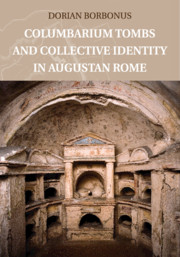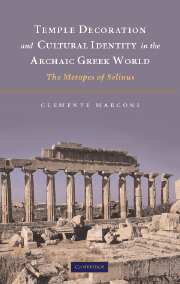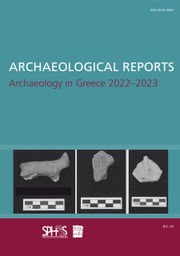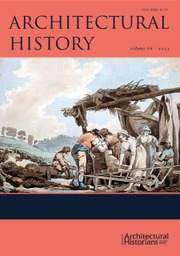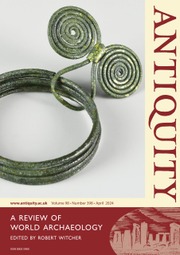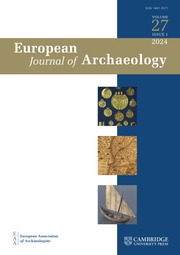Columbarium Tombs and Collective Identity in Augustan Rome
Columbarium tombs are among the most recognizable forms of Roman architecture and also among the most enigmatic. The subterranean collective burial chambers have repeatedly sparked the imagination of modern commentators, but their origins and function remain obscure. Columbarium Tombs and Collective Identity in Augustan Rome situates columbaria within the development of Roman funerary architecture and the historical context of the early Imperial period. Contrary to earlier scholarship that often interprets columbaria primarily as economic burial solutions, Dorian Borbonus shows that they defined a community of people who were buried and commemorated collectively. Many of the tomb occupants were slaves and freed slaves, for whom collective burial was one strategy of community building that counterbalanced their exclusion in Roman society. Columbarium tombs were thus sites of social interaction that provided their occupants with a group identity that, this book shows, was especially relevant during the social and cultural transformation of the Augustan era.
- The first book-length study to examine the fascinating and enigmatic phenomenon of columbarium tombs
- Offers detailed archaeological and historical reconstruction of thirty-five columbaria, the most complete treatment of the subject to date
- The author draws on a range of material culture (such as structural features, inscriptions, commemorative objects and decorative iconography) to describe ancient funerary culture more broadly across the Mediterranean
Reviews & endorsements
'In this slim book on death, Borbonus brings the world of the columbarium tombs to life. Columbarium Tombs and Collective Identity in Augustan Rome has a great sense of place - Rome and Italy breathe through its narrative - and, with this, a very enlightening summation of the less read Italian contributions to the history of non-elite burial tombs.' H. Sigismund Nielsen, Bryn Mawr Classical Review
Product details
May 2019Paperback
9781108436021
310 pages
180 × 250 × 15 mm
0.6kg
71 b/w illus. 11 tables
Available
Table of Contents
- 1. Studying columbaria as a historical phenomenon
- 2. Tradition and innovation in the architectural design of columbaria
- 3. Making and breaking the rules: the use and evolution of columbaria
- 4. Reading between the lines: the vocabulary of columbarium epitaphs
- 5. Finding niches in society: the occupants.

